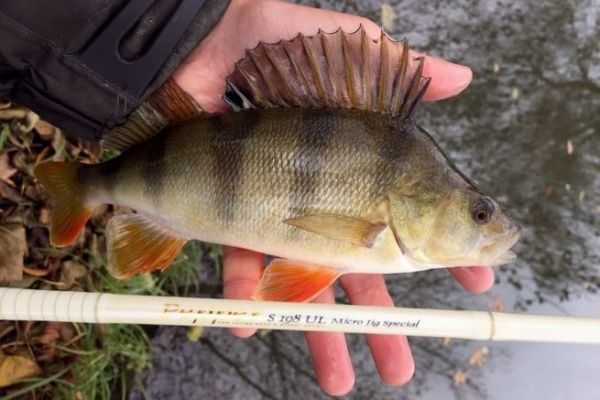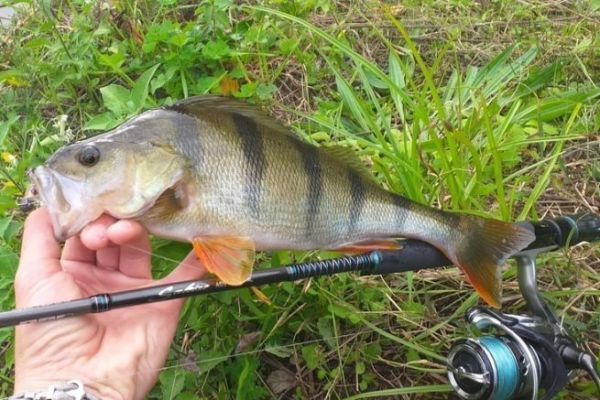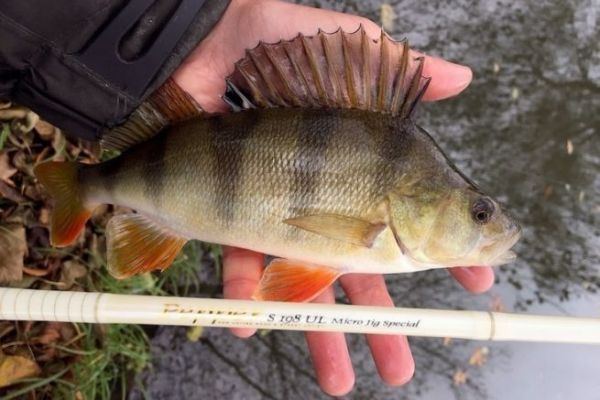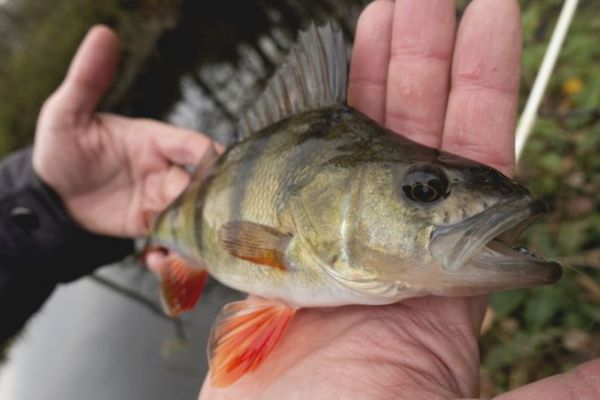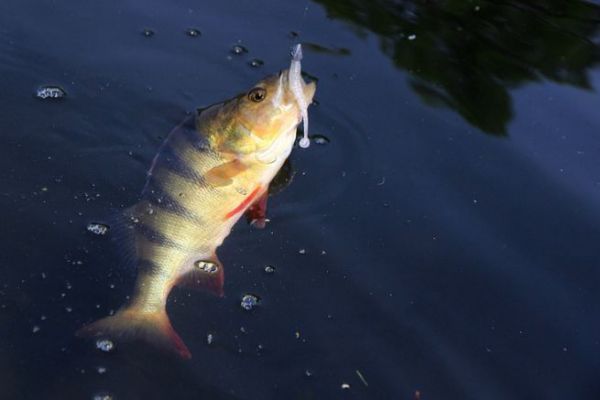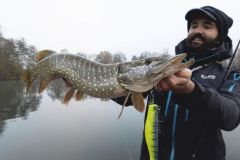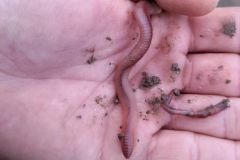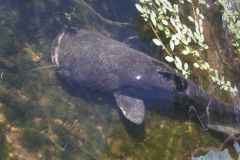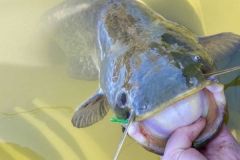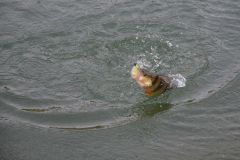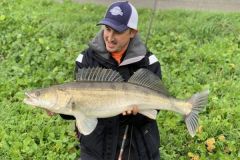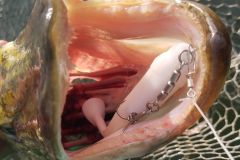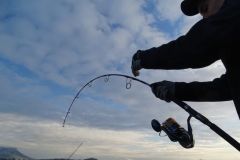As far as equipment is concerned, it is important to be sober for this approach, no need to overload yourself. A rod, a landing net, a small bag and let's go!
The cane
I am referring to a single rod because, to rebound on the previous article, I appreciate this technique for its ease of implementation resulting in particular from the little equipment it requires, but feel free to bring two rods so as to have a Drop Shot rig at hand.
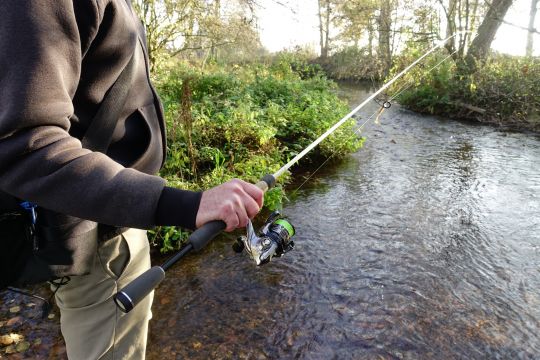
That being said, the rod(s) should be UL to L power, light, sensitive and from 6 to 8 feet tall to maintain maximum freedom and efficiency in environments crowded with branches and tall grass.
Also, given the short casting distances, there is no need to have a rod that is too long. On the other hand, the action of the rod is important for both efficiency and enjoyment on fish. A UL rod with a full tip and a soft action is a real plus because it has the double advantage of allowing you to cast and animate very light lures with great precision but also to protect the fish when striking, as perch have a fragile mouth.
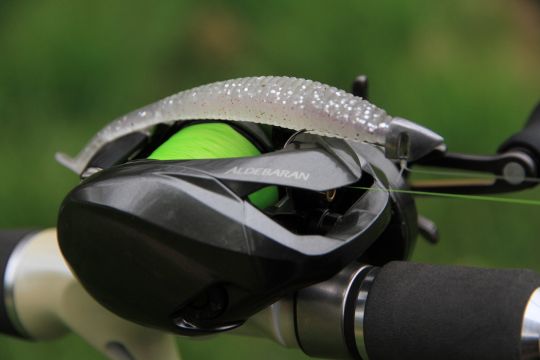
The reel
The 1000 size reel ideally has a medium ratio so that we can easily animate our rig slowly. If you only have a reel with a fast ratio, which you also use for trout, this one will nevertheless do the trick. We will take care not to set the drag too high, again in order to preserve the fish when we cast.
Line body and leader
I personally use an 8/100 braid, very fine, regular and silky for a better sensitivity and a greater precision when casting and thus an increased efficiency.
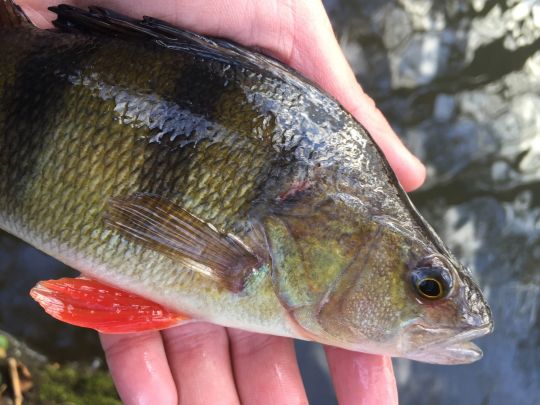
As far as the leader is concerned, a fluorocarbon leader of 20 hundredths maximum from 1 to 1,50 m will perfectly complete the line. The fluorocarbon will have the double interest of discretion and resistance to friction in the obstacles. Note that the length of the leader should be chosen according to the depth of the river fished. The deeper the river, the longer the leader and vice versa. Nevertheless, we will make sure that it is not too short in order to have some "reserve" to make knots when we change lure since I strongly advise against the use of staple.
No staples!
In general, it has been several years since I use almost no staple (except for techniques that require it as the Blade Jig in particular) and for light fishing I banish them completely! It would make the rig too heavy, too coarse and therefore reduce its discretion.
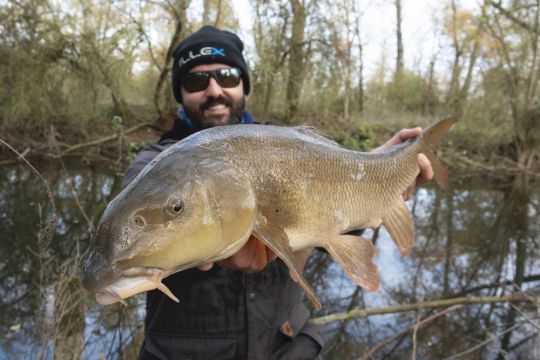
You will have understood, fishing for perch in small crowded environments is at the same time sober, playful, technical and very formative and even if the targeted fish are not monsters, real surprises are not rare, whether it is about big perch or other fish!

 /
/ 